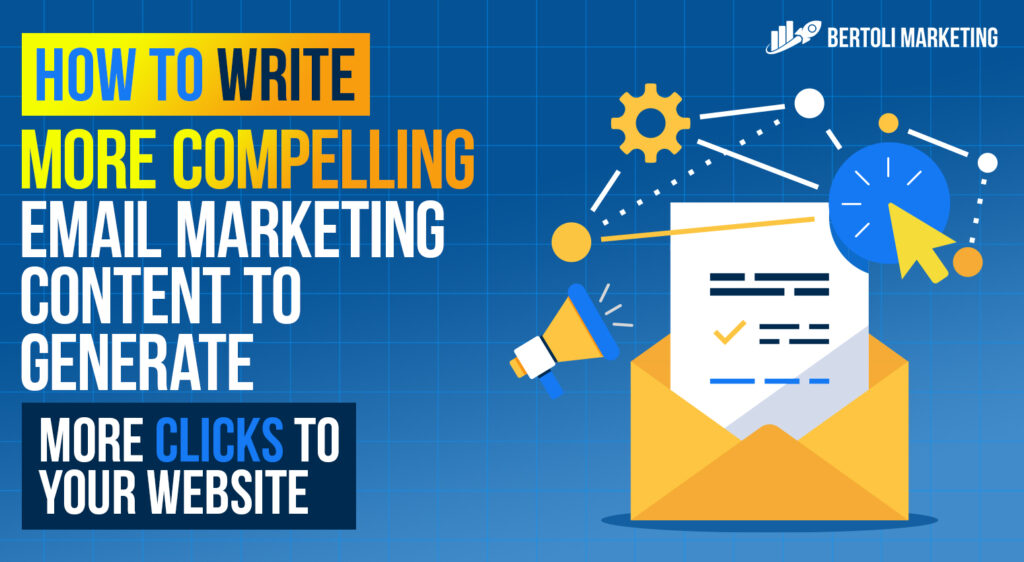
Writing compelling email marketing content that drives more clicks to your website requires a blend of persuasive writing, engaging design, and strategic call-to-action (CTA) placement. Here’s how to craft email content that encourages your audience to take action and increases click-through rates:
To consistently generate clicks and drive traffic to your website, your email marketing content must be engaging, personalized, and value-driven. By employing strategies such as creating urgency, leveraging social proof, optimizing for mobile, and continuously testing elements like subject lines and CTAs, you can refine your email marketing campaigns to deliver better results. Remember to align your email content with a seamless post-click experience on your website, ensuring that recipients find the value promised in your email once they land on your site. Through continuous optimization, email marketing can become a highly effective tool for driving engagement, conversions, and long-term customer loyalty.

Our mission is to help battery and energy industry companies quickly and effectively reach their revenue goals.
We’ll provide you with a complimentary digital marketing audit so that you can quickly learn how to optimize your digital presence. Just fill out the form below: